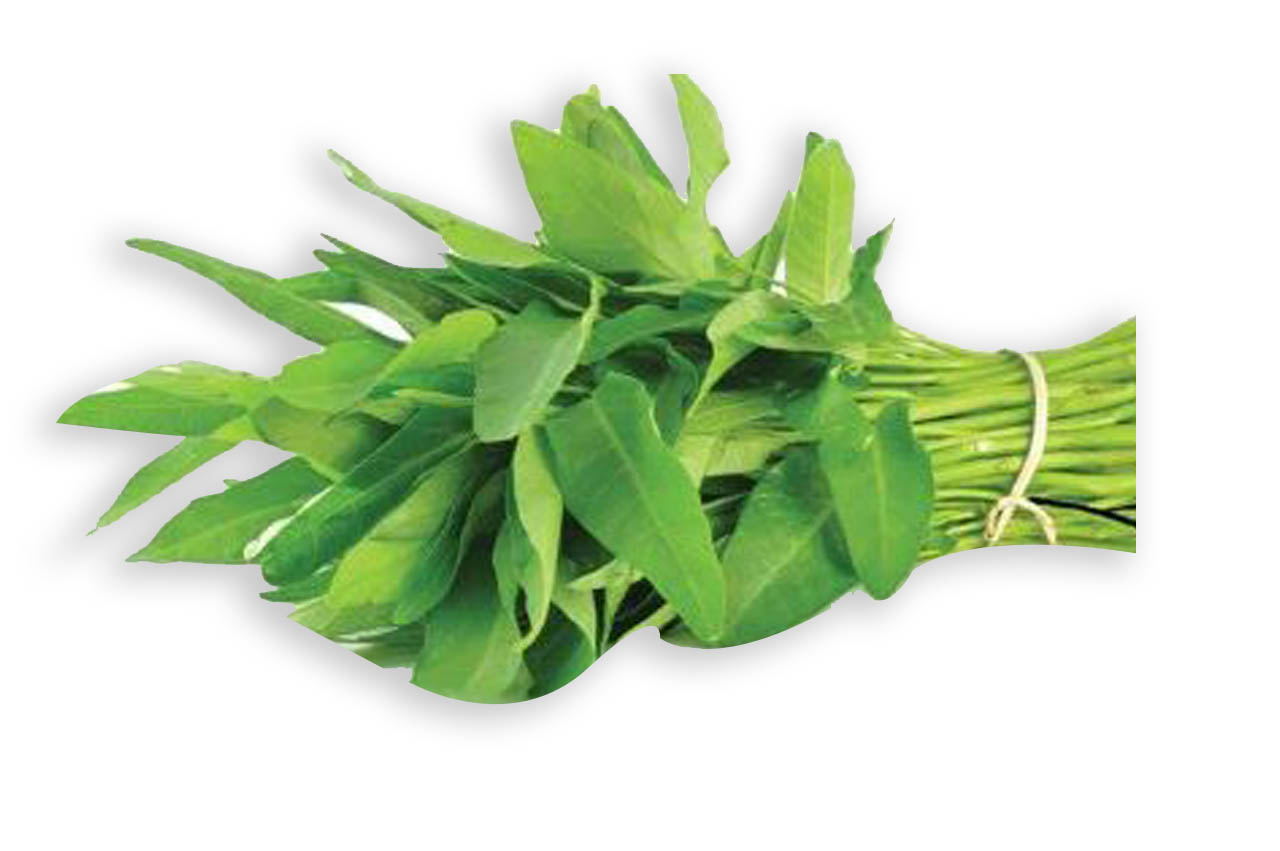What are the instructions for growing Morning Glory vegetables?

Gardeners are often familiar with morning glory vegetables because they are fast-growing annual vegetables that are in the same botanical family as sweet potatoes (though they do not produce edible tubers). These bright-colored, trumpet-shaped flowers have a mild fragrance and are very popular with butterflies and hummingbirds. When the sun hits the buds in the morning, they give their unique name because they are tightly curled.
Originally from Mexico and Central America, morning glory vegetables grow rapidly to a height of 12 feet or more during the growing season by clinging to supporting structures with tendrils. Seeds can be planted about a month before the last frost, and they self-sow effectively, increasing their chance of blooming the following year again. Unwanted seedlings can be easily removed, even though some gardeners find them very invasive.
- The botanical name of this plant is Ipomoea purpurea.
- Morning glory is its common name.
- Plant type: annual
- Size: 6-10 feet tall, 3-6 feet wide at maturity.
- Exposure to the full sun
- Soil that retains moisture but drains well
- Soil pH ranges from neutral to acidic.
- It is the season of blooming during the summer.
- Flowers come in purple, pink, blue, and white colors.
- The originating countries are Mexico and Central America.
- Toxicity: toxic to animals and humans
Care for Morning Glory vegetables
For a good reason, morning glory vegetables are a favorite among gardeners everywhere. It is an eye-catching vegetable that requires little maintenance, can be sown from seed in early spring, and does not need to be cut or deadheaded. By placing a net or other support where you sow your seeds, you will soon find your vegetables training themselves to grow.
If morning glory vegetables are watered regularly, they may begin flowering by mid-summer, but sometimes they become fragrant, earning them the nickname “back to school vegetable.” If you want to try and speed up the flowering time of the vegetable, you can try sowing the seeds earlier in spring, scattering them on frozen ground or even on snow.
Is direct sunlight necessary for morning glories?
Planting your morning glory vegetables in full sun is especially important. It is only when the flowers are exposed to direct sunlight that they will bloom, so they should be exposed to the full sun daily (at least 6 to 8 hours a day). If they’re in a spot where the sun doesn’t come out until noon, don’t expect morning glory vegetables.
What is the ideal depth of soil for morning glory plants?
A neutral pH of 6.0 to 6.8 is best for morning glory vegetables, but they can grow anywhere. Morning glory vegetables thrive in moist but well-drained soil. However, they do best in soil that is not too rich in organic matter—you can always amend the soil if the vegetables seem to be struggling.
When should morning glory vegetables be watered?
Water your morning glory vegetable regularly, about 1 inch per week, and mulch around the roots to retain moisture. The plant requires the most moisture during its growing period—once established (and over winter), watering is less important.
Humidity and temperature
Despite being hardy and tolerant of both cold and hot temperatures, morning glory vegetables must be planted when the ground reaches 64 degrees Fahrenheit before growing from seed. The plant is annual in climates below 45 degrees Fahrenheit and a perennial in warm climates. Furthermore, they do not require any special humidity to grow.
Can you tell me what the best fertilizer for morning glory vegetables is?
Morning Glory Vegetable Varieties
- Large blue flowers and heart-shaped leaves distinguish Ipomoea tricolor ‘Heavenly Blue’ from other species.
- A night-blooming species with white flowers 6 inches wide, Ipomoea alba is also known as moonflower or belle de nuit.
- It is a hybrid of the species Ipomoea x multifida with relatively small, dark red flowers that resemble morning glory vegetables.
- The species Ipomoea purpurea ‘Star of Yelta’ produces deep purple flowers with deep red stars and a white throat.
- ‘Kniola’s Black’ is another purple-flowered cultivar of Ipomoea purpurea but darker in color than ‘Star of Yelta.’
What is the best way to grow Morning Glory from seed?
You can start sowing seeds indoors about four to six weeks before your last frost date, but it is not necessary – they will grow just as well if they are planted directly. You can plant seeds directly in the ground once the soil has warmed to 64 degrees Fahrenheit and is able to be worked.
Seeds of morning glory are very hardy, but scarification makes germination faster. If you rub the seeds between two pieces of coarse sandpaper for a few seconds and then soak them overnight, they will look much plumper the next morning.
Plant the Morning Glory seeds about 1/4 inch deep and a few inches apart. If you are planting a row of Morning Glories, a spacing of six inches is fine. If you are planting a trellis, be extra careful with spacing. No need to be overly specific. You need to water them well and keep the soil moist until they sprout.
Conclusion
So there you have it, our guide on how to grow rocket leaves at home. We hope you’ve found this article to be helpful and that you’ve learned a few things along the way. We’re always excited to share our knowledge and experiences with our community, so if you have any questions, comments or suggestions, please don’t hesitate to reach out to us!
Conclusion
Although morning glory vegetables are rarely bothered by insects or diseases, they can contract a number of fungal problems if they are overly wet, including leaf spots, stem rot, thread blight, and white blister.
Four-legged animals, which chew on leaves, are a bigger problem.
Putting a fence around the lower three to five feet of vegetables can deter deer, rabbits, and groundhogs from damaging them.
You can grow morning glory vegetable plants in full sun or partial shade. Also, if you don’t want to grow them from seed, you can buy the plants at a garden store and transplant them into your garden. However, keep in mind that morning glory is a fast-growing vegetable, so it needs support to stay upright.






